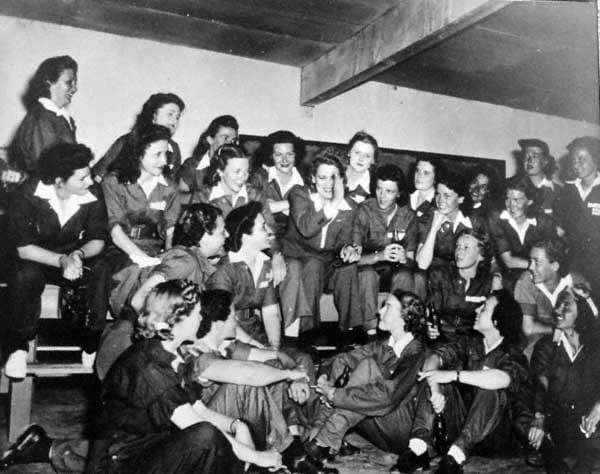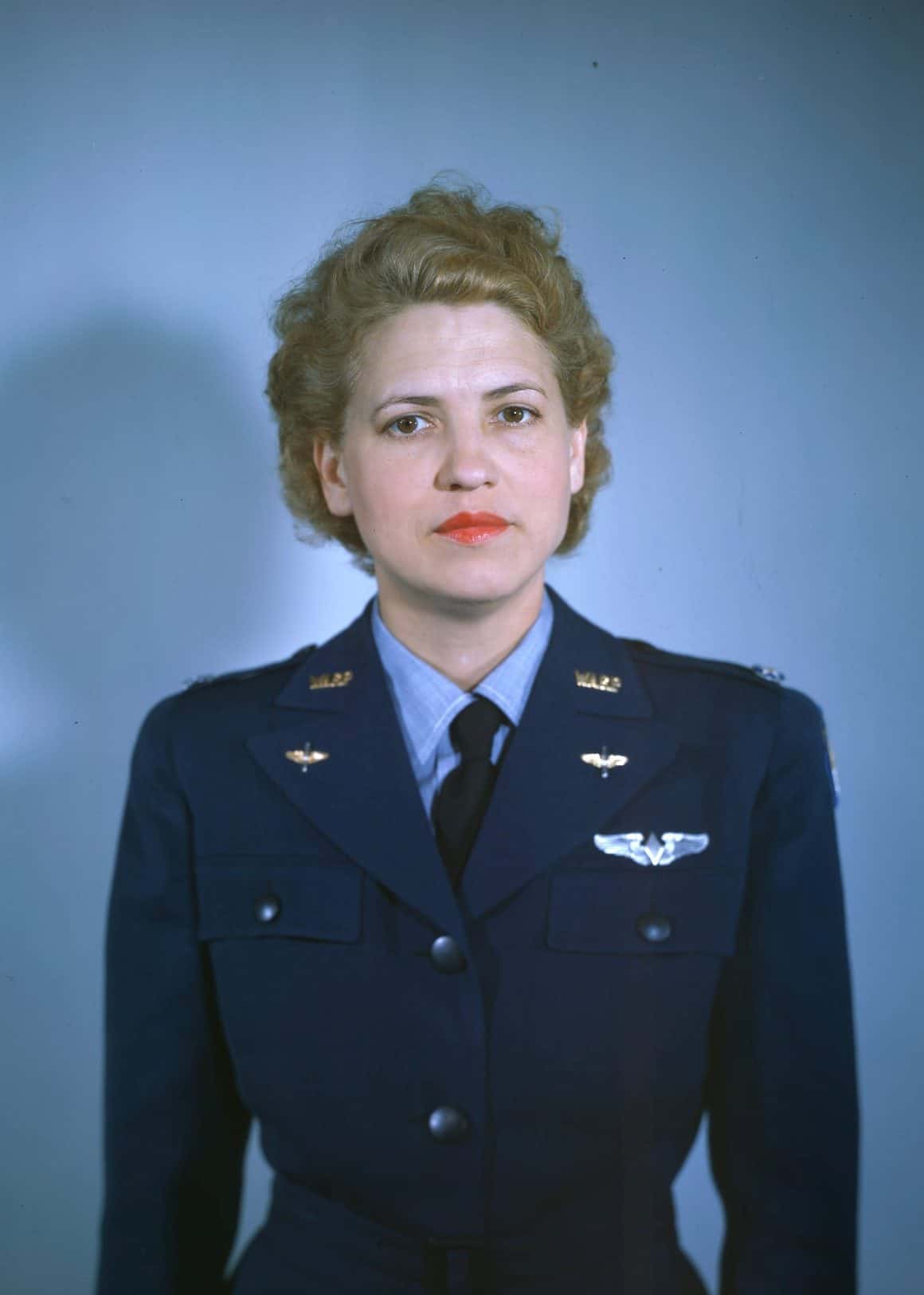This is the story of pioneering aviator Jackie Cochran’s record-setting flight in 1961.
On 22 April 1961, a sleek Lockheed L-1329 JetStar lifted off from New Orleans on a bold mission across the Atlantic. By the time it landed in Bonn, Germany, the jet had shattered 18 world records.
The Fédération Aéronautique Internationale (FAI) signed off on the achievements, and the US Centennial of Flight Commission later summed it up simply: the flight “set more speed and altitude records than any other pilot.” And the pilot? None other than Jacqueline “Jackie” Cochran, one of the most remarkable aviators of the 20th century.
Cochran was no stranger to firsts. In 1953, she became the first woman to break the sound barrier, flying a Canadair F-86 Sabre high above the California desert. That moment put her in the history books, right alongside her friend Chuck Yeager, who had done the same just six years earlier. A well-known photo captures the two of them together, two legends sharing a laugh. But Jackie’s story goes much deeper than one headline-grabbing flight. She was a racing champion, a record-setter, and later the first woman honored with a permanent display at the US Air Force Academy.
More Than Just Records


Her influence wasn’t limited to records in the sky. During World War II, Cochran played a key role in organizing women to support the war effort from the cockpit. She pushed for the creation of the Women’s Auxiliary Army Corps (WAAC) and, more famously, the Women Airforce Service Pilots (WASP). These women ferried airplanes, trained male pilots, and took on vital behind-the-scenes flying jobs that freed men for combat. While they didn’t fly in battle, their contributions proved that women had a rightful place in aviation—a point Jackie fought for her entire career.
After the war, Cochran stayed connected to the military. She joined the US Air Force Reserve in 1948 as a lieutenant colonel and eventually rose to full colonel before retiring in 1970. She passed away a decade later, but her trailblazing work continues to inspire generations of aviators.
The airplane she used for her 1961 record run carried a fitting name: The Scarlett O’Hara. On the way to Bonn, the JetStar made stops in Gander, Newfoundland, and Shannon, Ireland, before completing its 4,300-mile journey. At the time, the idea of a business jet handling that kind of mission was revolutionary. And that’s where the JetStar program itself comes into the picture.
The JetStar Program Takes Off
Lockheed developed the JetStar in the mid-1950s to fill a gap in the market. Companies and military units needed something smaller than a commercial jet but faster and more capable than a prop-driven aircraft. The JetStar first flew in 1957, and its four rear-mounted engines gave it both power and style. It could cruise at over 500 mph—similar to a Boeing 707—but carried only eight to ten passengers in a roomy, executive cabin. For business leaders, military officials, and even a few celebrities, the JetStar was the perfect mix of speed, range, and comfort.
The program was a success. Between 1957 and 1978, Lockheed built more than 200 JetStars. Some went to the US Air Force, where they served as transport and utility aircraft. Others found their way into private hands. Elvis Presley, for example, owned two of them, further boosting the JetStar’s image as the jet of choice for those who wanted both power and glamour.
Still, Jackie Cochran’s flight in The Scarlett O’Hara stands out as one of the JetStar’s defining moments. Her record-setting trip showcased exactly what this new class of business jet could do. Later, that very aircraft was acquired by NASA for research and testing before being retired to the Joe Davies Heritage Airpark in Palmdale, California. Today, visitors can walk up to the jet and imagine what it must have been like for Jackie to push it across the Atlantic at record speeds.
A Legacy That Still Inspires
In the end, Cochran’s 1961 JetStar flight wasn’t just about numbers on a chart. It marked the beginning of a new era in aviation—an era where business jets could cross oceans, where women could lead from the cockpit, and where pushing boundaries was part of the job. Jackie Cochran’s courage and vision made her one of aviation’s great pioneers.
The JetStar flown by Cochran on her record setting flight in 1961 was acquired by NASA and is now on static display at the Joe Davies Heritage Airpark, in Palmdale, Calif.


